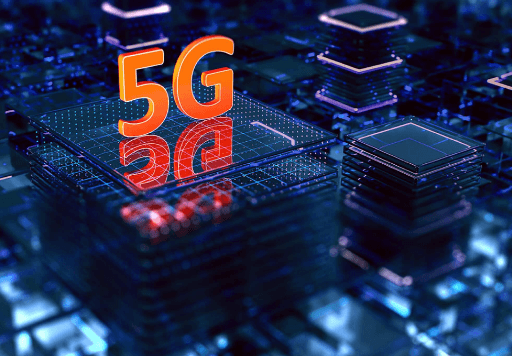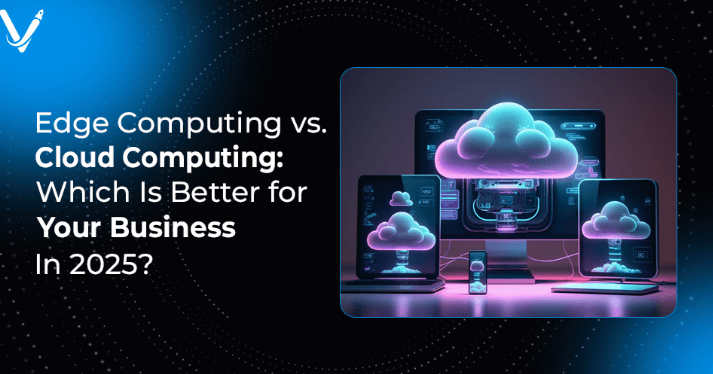5G Networks: What You Need to Know
The advent of 5G networks marks a notable evolution in wireless communication, characterized by enhanced speed, reduced latency, and increased capacity. These advancements enable new applications and infrastructure, impacting industries and daily life. However, the deployment of 5G also raises technical, security, and health-related questions that require careful analysis. Understanding the core distinctions and implications of this technology is essential to grasp its potential and limitations.
How 5G Differs From Previous Wireless Generations
5G networks represent a significant evolution from earlier wireless generations, primarily characterized by substantial enhancements in data transmission speed, latency reduction, and network capacity.
These improvements stem from advanced network architecture and more efficient spectrum allocation, enabling broader bandwidth use and flexible deployment.
This evolution grants users greater freedom through increased reliability and connectivity options.
The Key Benefits of 5G Technology
What are the primary advantages that 5G technology offers over previous wireless standards? Enhanced bandwidth, ultra-reliable low latency, and massive device connectivity enable innovative applications like smart city infrastructure and wearable tech.
These benefits foster a more interconnected environment, empowering individuals with greater control over their digital freedom and supporting seamless integration across diverse technological ecosystems.
See also: The Life Cycle of a Racehorse: From Foal to Champion
Challenges and Concerns Surrounding 5G Deployment
Despite its transformative potential, the deployment of 5G technology presents a range of significant challenges and concerns that must be carefully addressed.
These include security risks stemming from increased network complexity and potential vulnerabilities, as well as health implications related to higher frequency exposure.
Addressing these issues is essential for ensuring safe, reliable, and autonomous network expansion.
What 5G Means for the Future of Connectivity
The deployment of 5G technology is poised to redefine global connectivity by enabling unprecedented data transmission speeds, lower latency, and enhanced network capacity.
By integrating fiber optics infrastructure, 5G reduces network latency significantly, facilitating seamless, real-time interactions.
This evolution fosters greater independence from traditional constraints, empowering users with faster, more reliable access to information and communication networks worldwide.
Conclusion
In summary, 5G technology signifies a paradigm shift in wireless connectivity, characterized by speed, capacity, and low latency enhancements. Notably, 5G is projected to support up to 1 million devices per square kilometer, illustrating its vast scalability. Despite challenges like security vulnerabilities, its adoption promises transformative impacts across industries, fostering innovations such as autonomous vehicles and smart cities. As deployment progresses, understanding these technical advancements is crucial for leveraging 5G’s full potential in shaping a connected future.






